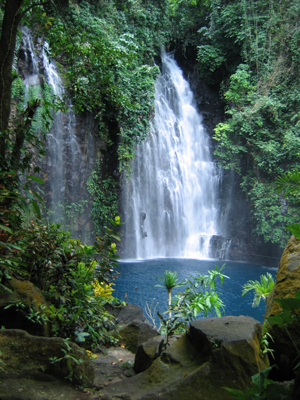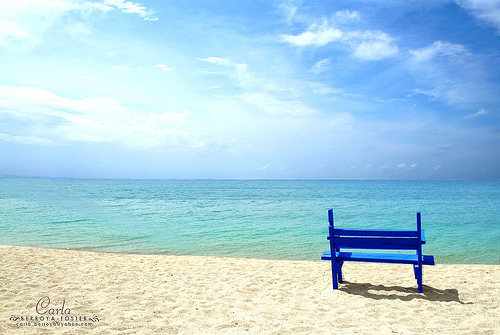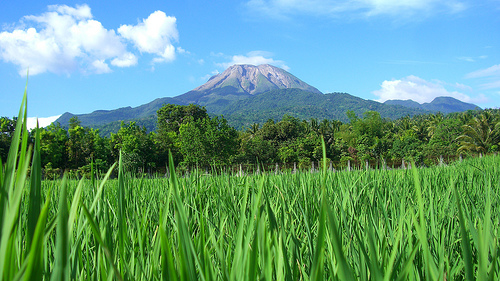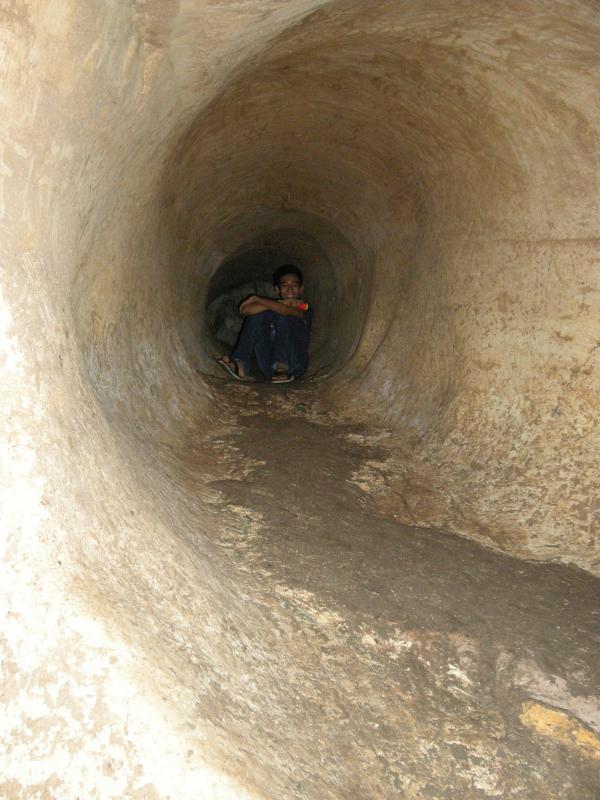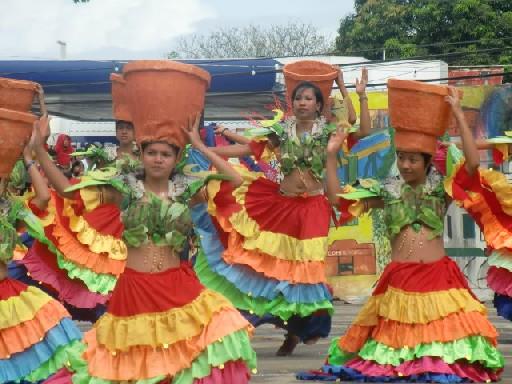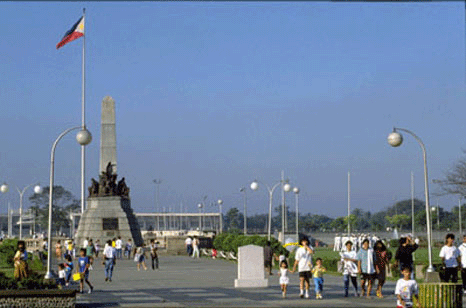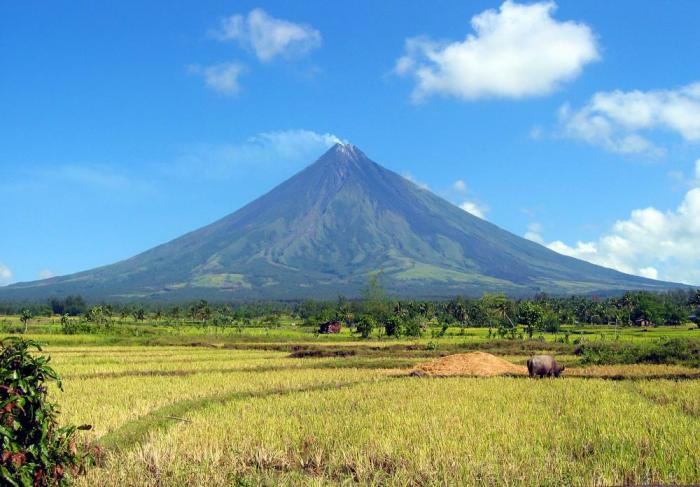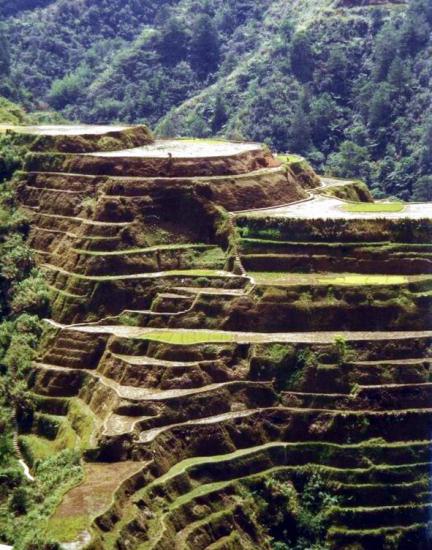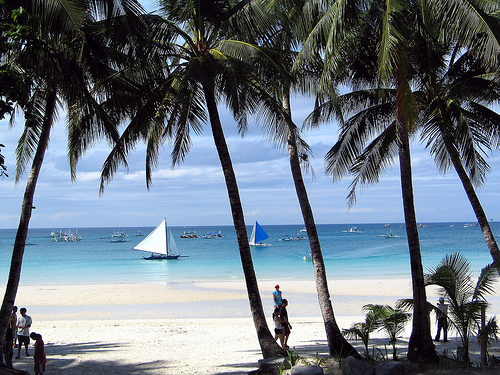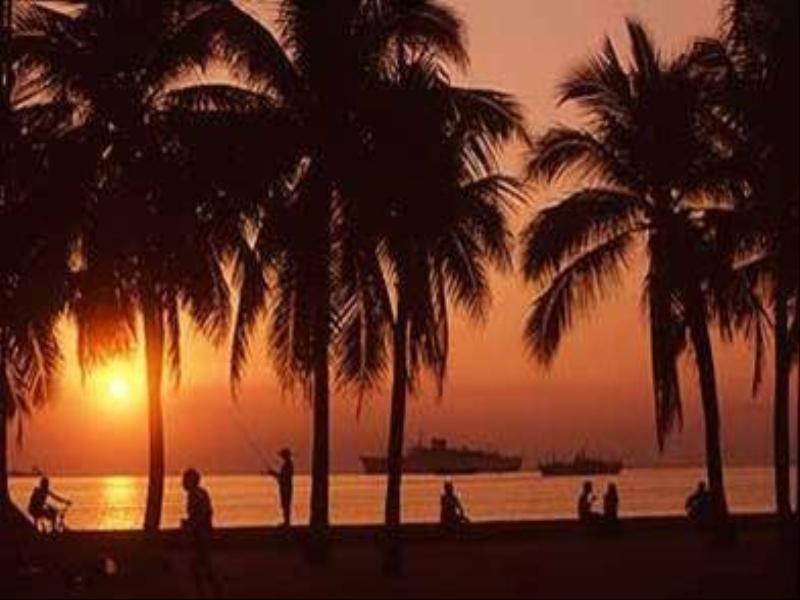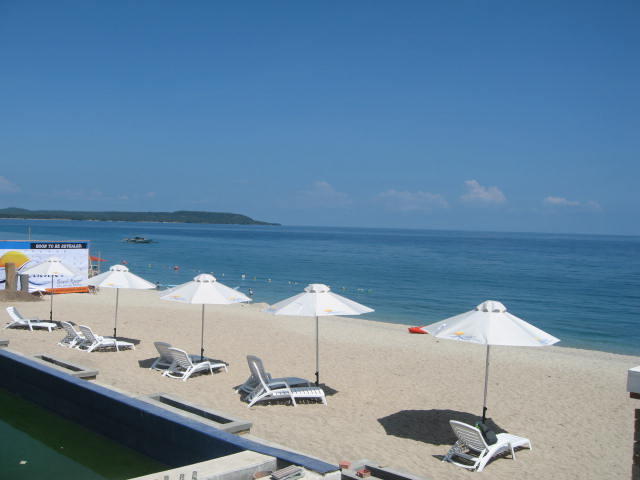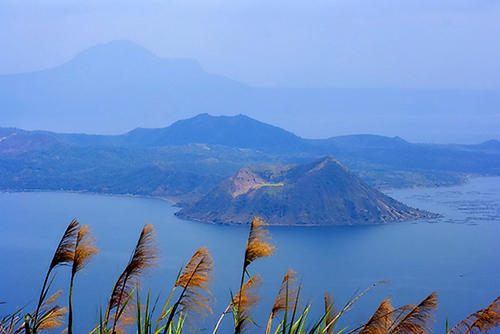Posts Tagged ‘tourist destinations’
CATANDUANES
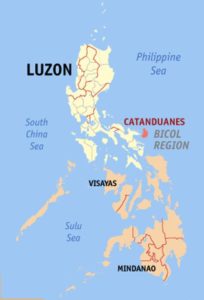 Photo from:https://en.wikipedia.org/wiki/Catanduanes#/media/File:Ph_locator_map_catanduanes.png
Photo from:https://en.wikipedia.org/wiki/Catanduanes#/media/File:Ph_locator_map_catanduanes.png
Catanduanes is an island province in the Philippines located in the Bicol Region of Luzon. It is the 12th largest Island in the Philippines.
The topography of Catanduanes Island is rugged and mountainous, becoming more pronounced towards the central portion of the island. The province is mostly rugged and mountainous terrain. Ten of the eleven municipalities of the province are situated along the coastal fringes, over which locate its mostly fractured plains.
Without a pronounced dry season, precipitation is distributed fairly well throughout the year becoming wetter in the last quarter into the early months of the first quarter, when tropical disturbances and monsoon winds especially the Northeast Monsoon (Amihan) bring in heavy rains. Other months are characterized by short periods of dryer days and fine weather except in July and August, when the dry and gusty northwest monsoon winds intensify.
Catanduanes’ geographical position has it lying completely exposed to the Pacific Ocean. Therefore, it is known as “Land of the Howling Winds” because it is frequently visited by tropical storms. – https://en.wikipedia.org/wiki/Samar_%28province%29
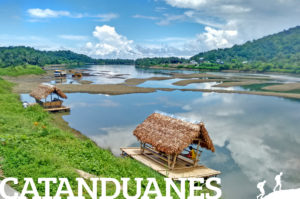
But don’t let that title disappoint you.
Catanduanes has much more to offer,
and some of it, you cannot refuse!
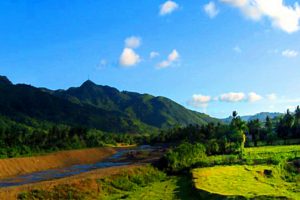 Photo from: en.wikipedia.org
Photo from: en.wikipedia.org
The island is a biodiversity hotspot. Its lush rainforest is home to Philippine brown deer, flying foxes, and other endemic bat species, warty pigs, civets, cobras, giant pythons, monitor lizards, sailfin lizards and other endemic animals. Exotic bird species such as Philippine hornbill, rail, parrot, bittern, egret, pheasant, coot, lapwing, plover, Philippine duck, quail, owl, oriole, kingfisher, swiftlets and many more are also found. In fact, a record of “Philippines Birding Trip Reports” has found out massive bird species in several portion of the island such as the watershed and timberland forests reserve in Gigmoto where scattered deer populations are also usually reported.
The marine environment of the island is also ecologically rich as its terrestrial zones. Catanduanes reefs harbor many endangered and threatened types of mollusks such as giant Triton, cowries, abalone, cone snails, conches, octopuses, squids, and nautiluses. Marine mammals are also reported to frequent on its eastern coasts such as species of dolphins and whales which appear in March–June. Many edible marine algae such as caulerpa, valonia, and turbellaria also grow abundantly on its rough coasts.
The island is nestled in the very beginning of the Kuroshio Current; a sea current that runs through Eastern Philippines, Taiwan and Japan. This current performs an array of physical and biological functions in countless marine life like migration and breeding. This explains why migratory fish tracks are usually encountered in its waters. Tuna migration can be seen in Maqueda channel which is on its peak in the months of April and May. Dugongs were once known to swim on Catanduanes coasts but this event is already becoming extremely rare.
Catanduanes coast is one of the best spots for flying fish population; a flying fish can attain its fullest size in Catanduanes which may weigh 300 grams (11 oz). Sea cucumbers are also known to be abundant in many islets of the eastern coasts facing the Pacific Ocean. – https://en.wikipedia.org/wiki/Samar_%28province%29
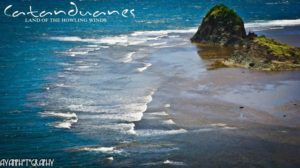 Photo from: http://athenatraveltoursandevents.com/home/travel/?province=Catanduanes
Photo from: http://athenatraveltoursandevents.com/home/travel/?province=Catanduanes
Catanduanes is also the region’s “Crab Capital”. Catanduanes’ mud crab industry is enjoying the support of the Bureau of Fisheries and Aquatic Resources, Department of Science and Technology, Department of Environment and Natural Resources, Department of labor and Employment and Catanduanes State University.
The provincial government, for its part, is maintaining the Catanduanes Crab Center (CCC) which serves as a source of crablets for grow-out and fattening by fishpond operators. It carries out a special program for “queen” or “gravid” crabs designed to ensure the sustainability of the industry in the province, which originally owned the “crab capital of the Philippines” title. The province’s mud crab industry is focusing on the production of female crabs that play an important role in marketing, particularly in Asian countries such as Japan, Taiwan, Hong Kong and Singapore.
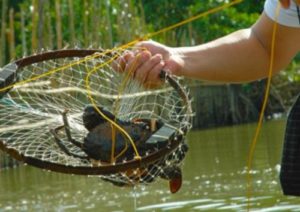
Photo from: news.abs-cbn.com
Tourism Industry in the province is relatively growing despite of almost year round typhoon, naming the province as a “Typhoon Capital of the Philippines” with a tagline “The Land of the Howling Winds”. Catanduanes is famous for its unspoiled beaches, pre-historic caves, exotic places, quaint stone chapels and massive churches. Despite the typhoons, safe anchorage are provided by its many bays and coves notably Kalapalan, Gigmoto, Soboc and Cabugao. Its Pacific coastlines are havens for surfers. The home to the “Majestic Waves”, with its long magnificent barrels, it is a surfer’s paradise in idyllic Baras. It also boasts idyllic beaches with powdery sands and coral formations. Mysterious caves with historical significance to compliments its beauty and mystic would surely enchant the travelers, most notably the Luyang Cave. Nature trails and panoramic views such as the one viewed from the grounds of the PAGASA Weather Radar Station is a photo enthusiast dream-come-true. A religious pilgrim will be well satisfied with a tour of the churches and religious shrines in the Island. The Museo De Catanduanes with its fine collection of artifacts is a must for the history buff.
Catanduanes is “An Eco-Adventure Paradise,” it is for those who love nature at its best. The whole strip of this pearly island of the Pacific is virtually untouched, unspoiled, and unexplored. It has a long string of palm-fringed beaches backed by jungle-covered mountains and crowned with jewel-like islets. It offers a totally laid-back rural charm, a beautiful natural environment and plenty of easy action at a pace that is always relaxed. The local folks have always preferred a relaxed rural village life. They seem to be disinterested in accelerated development or any head-long rush into the modern world. As a result, the tourism industry is still in its early stages.
The best time of the year to visit Catanduanes is from the months of March to August when the weather turns dry. It is coolest and rainiest from October to the early part of January, hottest from March to May. – https://en.wikipedia.org/wiki/Samar_%28province%29
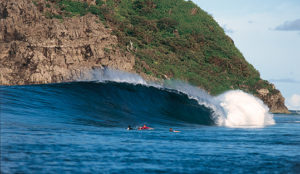 Photo from: www.lowpressure.co.uk
Photo from: www.lowpressure.co.uk
TABLE OF CONTENTS
Catanduanes, Typhoon and Crab Capital of the Philippines
Interesting Places to Visit in Catanduanes
Colorful Festivals and Events to Watch in Catanduanes
Other Visitors Also Viewed:
Enjoy a Sparkling Swim at the Paradise Island Park and Beach Resort
Aguacan Cold Spring in Compostela Valley
Pandayan Festival – Showing Off Ilonggo’s Blacksmith Expertise
Solili Festival is the Celebration of the Day of Siquijor
Wonderful Beaches and Resorts in Bataan
Tongatoc Cove Offers a Breath-Taking View
Itbog Twin Falls Offer Double Fun and Enjoyment
Paadjao Falls – 15 Feet of Cascading Water for a Refreshing Enjoyment

